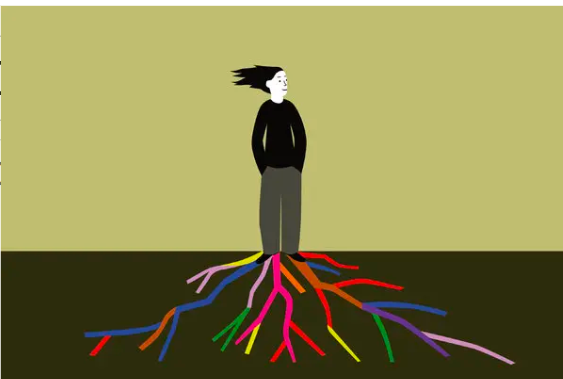
The notions of psychological resilience and biological immunity are not only analogously interconnected but may also have deeper routes in the survival of the species.
Those most affected are young children, pregnant women, individuals of low socioeconomic status, and those in proximity to Pb sources; e.g. Pb contaminated paint, food, water, kohl or utensils. Pb neurotoxicity can result in changes in cognition, memory, mood and other psychiatric disturbances, with effects varying across the lifespan. Prolonged exposure can also lead to physical symptoms such as fatigue, impaired processing speed, fine and gross motor deficits, and global decline in cognitive functioning.
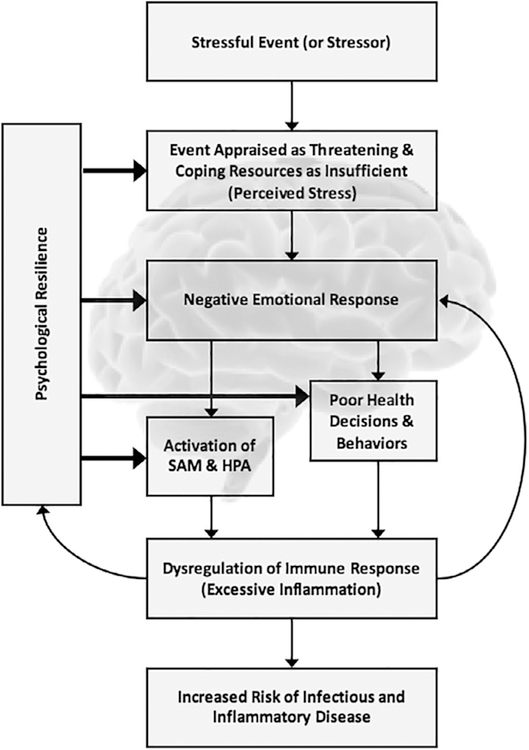
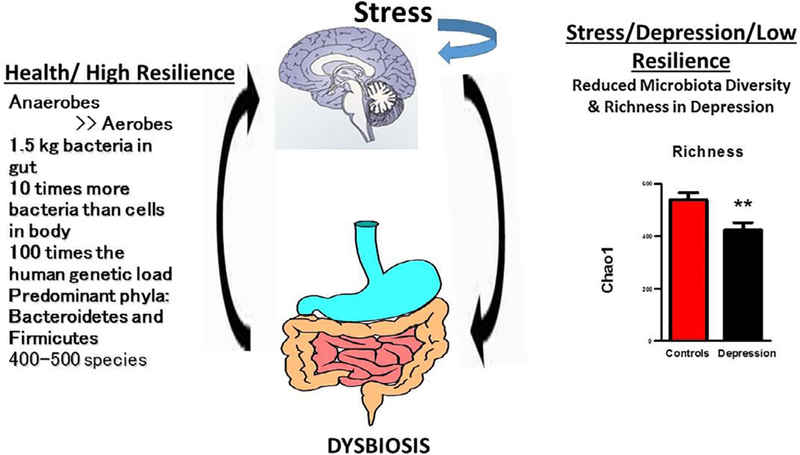
Source: Dantzer, R., Cohen, S., Russo, S. J., & Dinan, T. G. (2018). Resilience and immunity. Brain, behavior, and immunity, 74, 28–42. https://doi.org/10.1016/j.bbi.2018.08.010
In the recent decades there has been important progress in defining the nature of resilience and understanding of the transactional phenomena that insusceptibly manifest opportunity from the mechanisms of threat and fear. We proposed a new transdisciplinary theoretical framework and a clinical treatment model. This was initially developed in 2011 from the clinical application in the treatment of 180 complex community-based and treatment-resistant psychiatric adult patients in the United Kingdom.
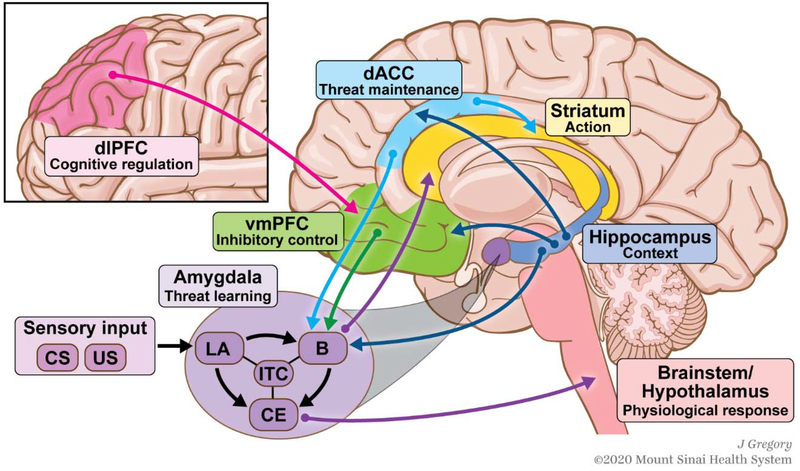
The key principles of the treatment model entail engaging and activating existing adult neurogenesis in the limbic and hippocampal regions, whilst at the same time transposing “amygdala flooding” away from threat specific to threat-paired regulation. This is achieved by: (1) reconfiguring the prefrontal cortex and learnt appraisal-based associations; (2) concurrent lateral reprocessing and perceptual filling-in of threat and distress inducing stimuli (internal and extraneous) and related emotions; and (3) reinforcing optimisation-laden micro-cognitions targeting procedural memory, dual emotions and selective reward-based review of specific binary actions. There is a great need to evaluate this theory and the application of this model across a range of diverse populations, including race, ethnicity, gender, social, physical and mental abilities.
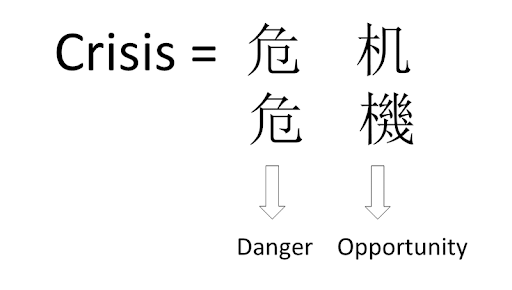
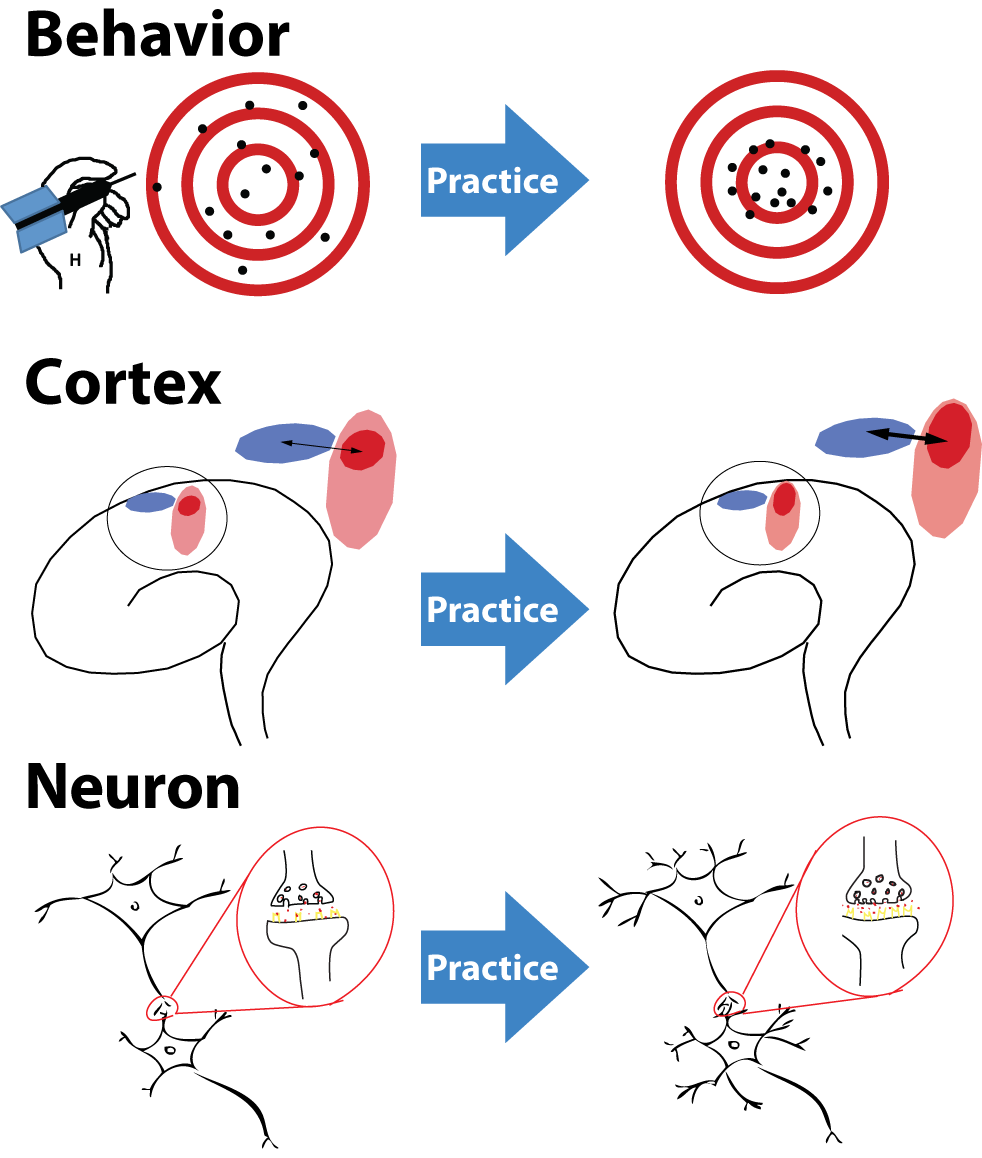
Source: (Samanthi, 2020) : https://www.differencebetween.com/difference-between-neurogenesis-neuroplasticity-and-neuroregeneration/
We propose that resilience is a harmonic and dynamic mechanism and process. This can be learned and developed, enabling organisms, individuals, and organisations to evolve, thus turning threat into an opportunity.
Latest Articles:
We’re Still Improving!
Our website is under construction, and you might come across some misspellings or broken links. We’re working hard to fix these issues and improve your experience. Thank you for your patience and understanding as we make things right.